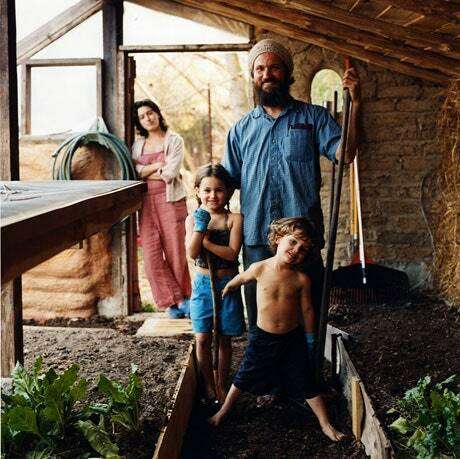Ready to go back to the basics? From growing your own food to reducing waste, here’s a beginner’s guide to homesteading.
Do you ever yearn for the simple things in life? Of home-cooked meals made from veggies foraged from your own garden? Of being more self-reliant, sustainable, and intentional with your approach to living? Then a modern homesteading lifestyle, which favors autonomy and self-sufficiency, may be for you.
What is homesteading?
Although living a self-sufficient lifestyle is nothing new — after all, natives and early settlers alike weren’t privy to the luxuries of modern consumerism — the term “homesteading” was born in the 1800s.
President Abraham Lincoln passed the Homestead Act in 1862, giving settlers and freed slaves the opportunity to claim up to 160 acres of free federal land in an effort to spur economic growth and the development of the western territory. According to the U.S. National Park Service, a total of 270,000,000 acres of land were distributed under the act.
Fast forward to present day, and the definition of homesteading has taken on varied meanings, depending on who you ask. For some, the way of life entails rural living off-grid, far away from the hustle and bustle of city life. For others, homesteading can take the form of a bountiful garden in the backyard of a quaint, suburban home.
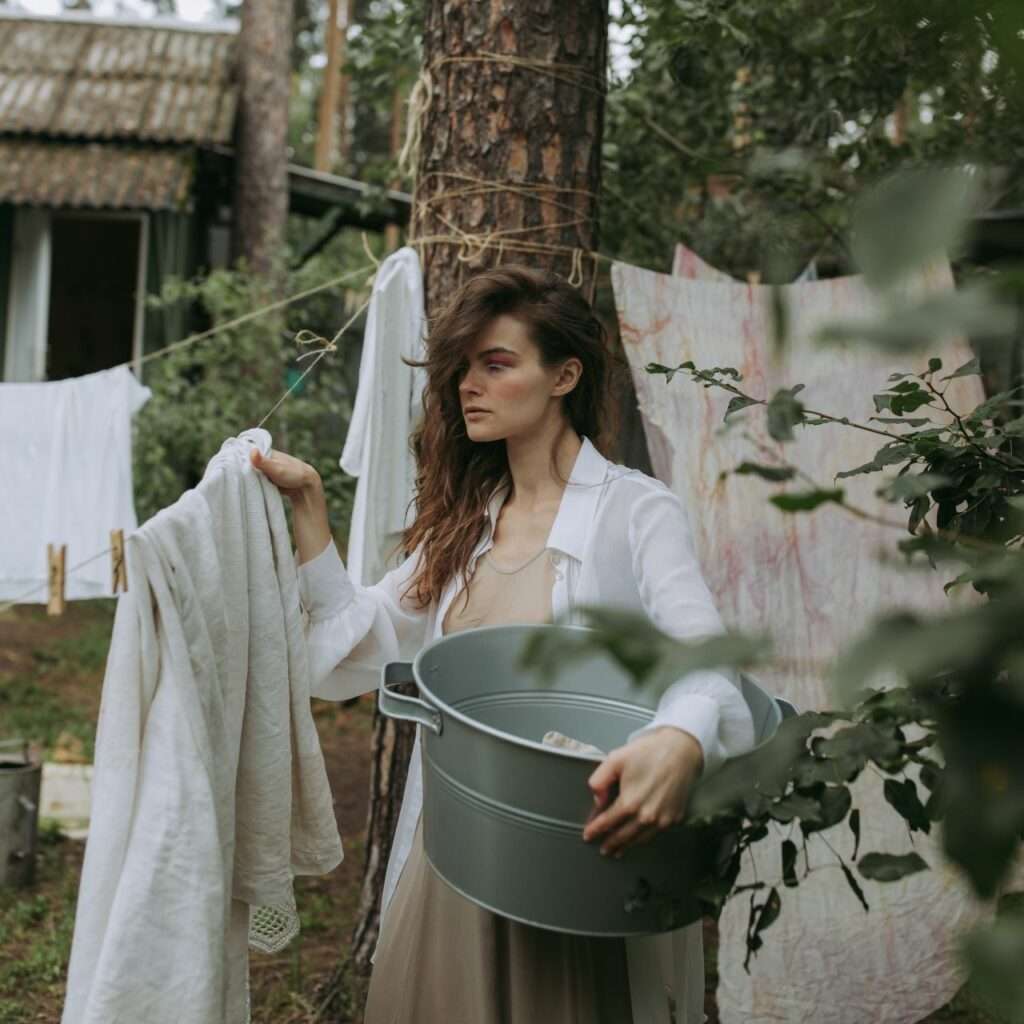
At its core, homesteading emphasizes living independently and in harmony with the land. In order to promote self-reliance, common attributes of homesteads include subsistence agriculture, opting for renewable energy sources, cooking meals from scratch, preserving food, and producing minimal waste. Some homesteaders may also raise animals for food and make many of their household essentials, such as clothes, medicine, and personal care products.
“Perhaps one of the most common motivations to homestead is to gain a sense of security over basic needs such as food, water, shelter and finances — especially when facing an uncertain future,” explained Anneli Carter-Sundqvist, author of the 2014 book, “A Homesteader’s Year on Deer Isle.”
The homesteading way of life
Current economic and geopolitical events — such as food supply issues and rising energy costs — are merely fueling interest in homesteading lifestyles. Reduced government interactions are another incentive.
The pandemic, which was rife with lockdowns and shortages, undoubtedly accelerated homesteading trends. The Homesteaders of America, a sustainable homesteading and farming community, saw a “major increase” in those pursuing a homestead — referring to 2020 as the “year of the homesteader.”
“Something has shifted. Life has changed. And now, more than ever, people are more aware of their food, their health, and their ability to learn (and re-learn) vintage skills,” the group’s founder, Amy Fewell, wrote in a blog post.
“It wasn’t just the year of the homesteader because people decided to pick up this lifestyle, though,” she continued. “It was the year of the homesteader (and farmer) because when the big box stores had nothing, farmers and homesteaders were the only ones available to serve our local communities.”
Are homesteads sustainable?
In addition to fostering independence, homesteading has a number of other potential benefits. Namely, it’s better for the planet and for the health of people, too.
“Homesteading invites us to go back to basics and to move toward some fundamental aspects for improved and sustained health – such as the outdoor physical work, ‘real’ food and connection to nature,” said Carter-Sundqvist.
In lieu of relying on grocery stores and restaurants for their meals, homesteaders — for the most part — produce their own food. And whether they raise animals for eggs, dairy, and meat or adhere to a plant-based diet, opting to consume the bounties of their garden, the food they eat is generally healthier.
In addition to lacking nutritional value and being full of artificial ingredients, heavily processed foods, such as sodas, ready-made meals, candies, and deli meats, are often full of sodium, fat, and sugar. Studies have linked these types of food to serious health issues like heart disease, obesity, high blood pressure, and diabetes. A 2018 Harvard study found that consuming highly processed foods increased the risk of cancer by 12 percent.
The fruits and veggies found at grocery stores don’t always fare better. They may feature less nutrients due to storage and transportation times and may not be sourced sustainably.
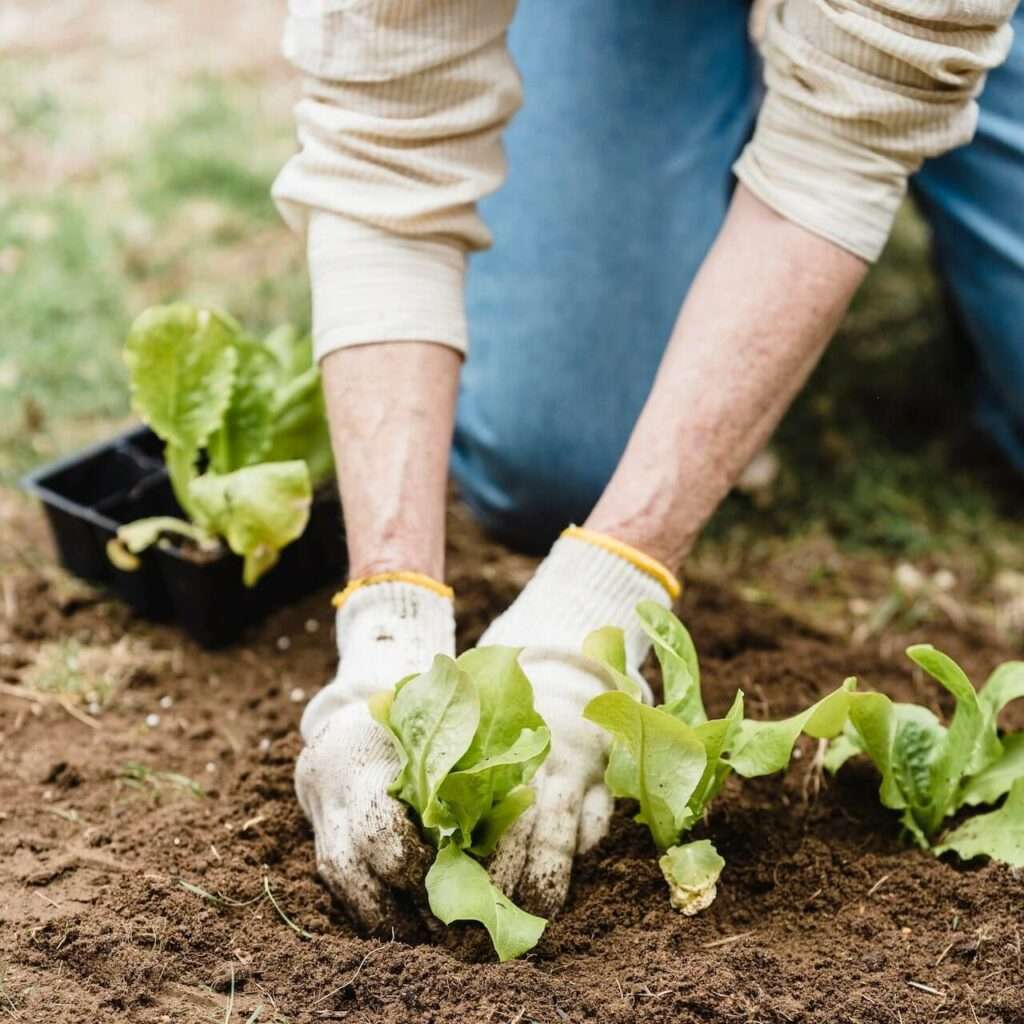
By growing food and making meals from scratch, homesteaders are able to be in control of what goes into their bodies — and what doesn’t.
Homesteading also encourages a healthy environment. At the core of this non-consumer culture is the idea that less is more; “use it up, wear it out, make do, or do without,” is their mantra. By reducing, reusing, and recycling, homesteaders are able to minimize the amount of waste that they produce.
Growing and preserving food also helps to limit packaging waste. Any food waste that is produced is often composted and used to feed livestock or as a nutrient-rich soil for gardens. Homesteaders typically also prefer to use natural and organic cleaning products and other household items, which helps to keep toxic chemicals from making their way into the environment.
Resources for starting a homestead
Ready for some good ole simple living? Here are five resources to help you on your path to creating a life born of self-reliance.
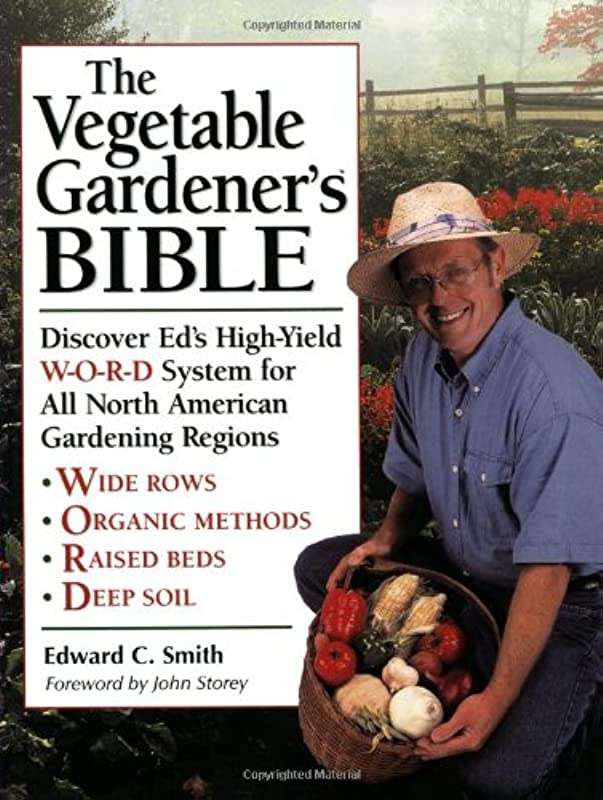
1. The Vegetable Gardener’s Bible – Edward C. Smith
Learn how to grow your own produce in your own backyard. This book has the secret to a high-yield gardening technique. (Hint: organic methods, wide rows, raised beds, and deep soil.) Homegrown never tasted better.
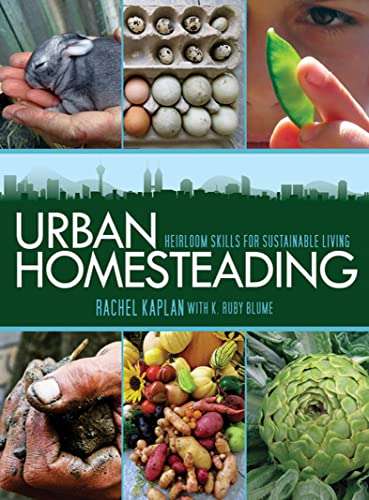
2. Urban Homesteading: Heirloom Skills for Sustainable Living – Rachel Kaplan
For city-dwellers interested in living more mindfully and ecologically, this book is for you. This “guide for urbanites” features inspiring stories from urban homesteaders and delves into the concept of localization, self-reliance, and sustainability.
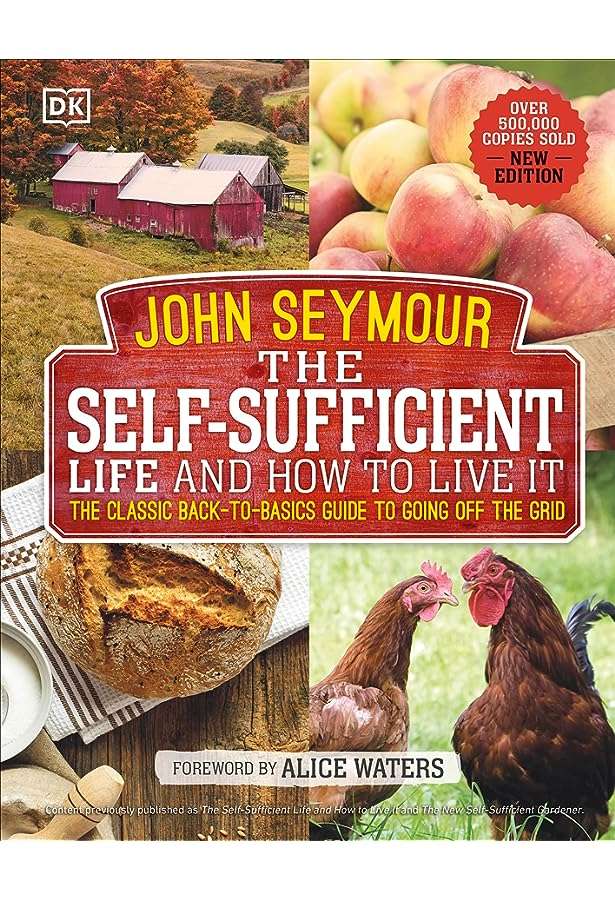
3. The Self-Sufficient Life and How to Live It – John Seymour
From growing crops and harnessing natural forms of energy to preserving food and carpentry, this book is a complete guide to all the basics.
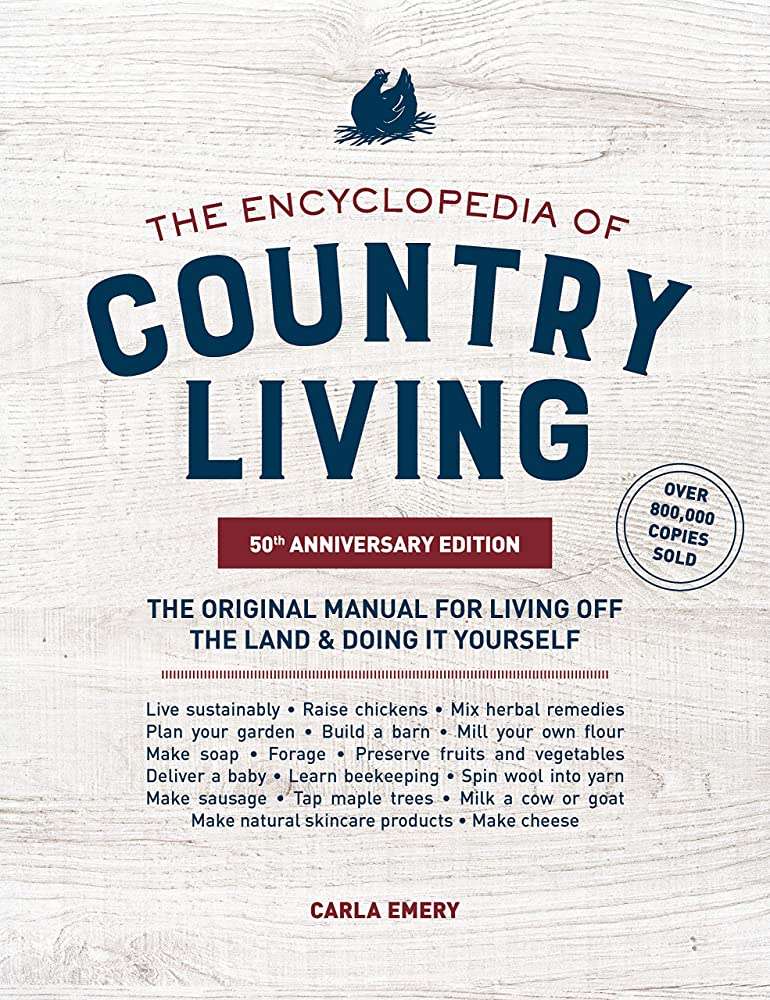
4. The Encyclopedia of Country Living – Carla Emery
Want to learn how to preserve vegetables? This book has it all. Learn how to create natural skincare, make soap, and even how to deliver a baby.
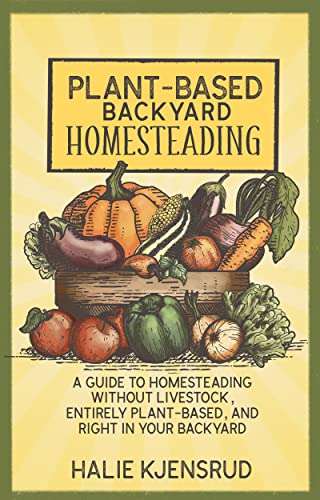
5. Plant-Based Backyard Homesteading – Halie Kjensrud
Whether you’re vegan or simply don’t have room for livestock, this informative guide has everything you need to live off the land. Learn how to start a garden, cook from scratch, preserve food, and live more sustainably all with the turn of a page.
Related on Ethos:
- How to Reduce Your Dependence On the Grid
- Here’s How to Grow a Home Garden, Even if You Have a Small Space
- Energy-Efficient Kitchen Hacks Anyone Can Do
- How to Choose the Best Home Water Filtration System
All products featured on Ethos have been independently selected by our editorial team. When you buy something through our links, Ethos may earn an affiliate commission.

